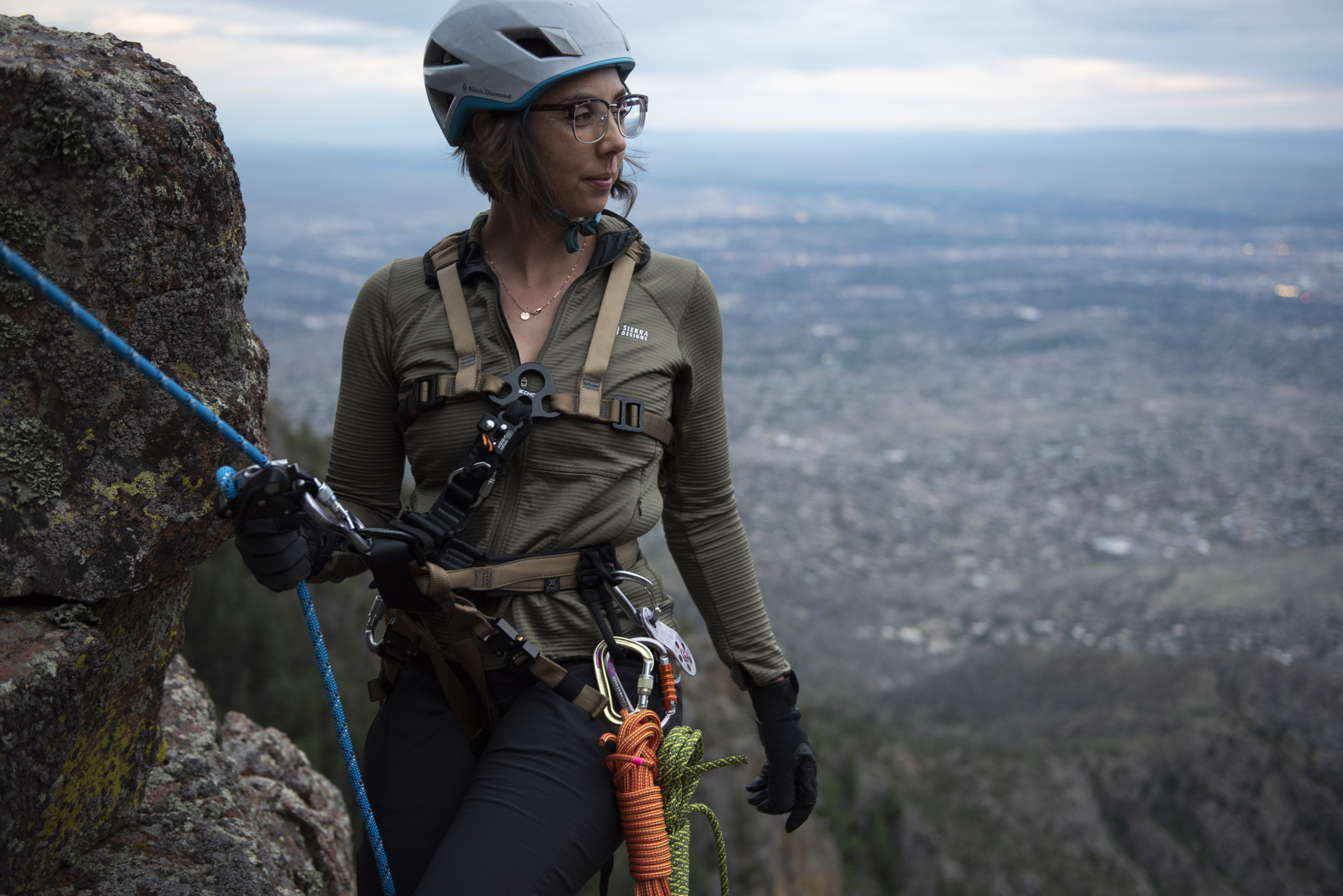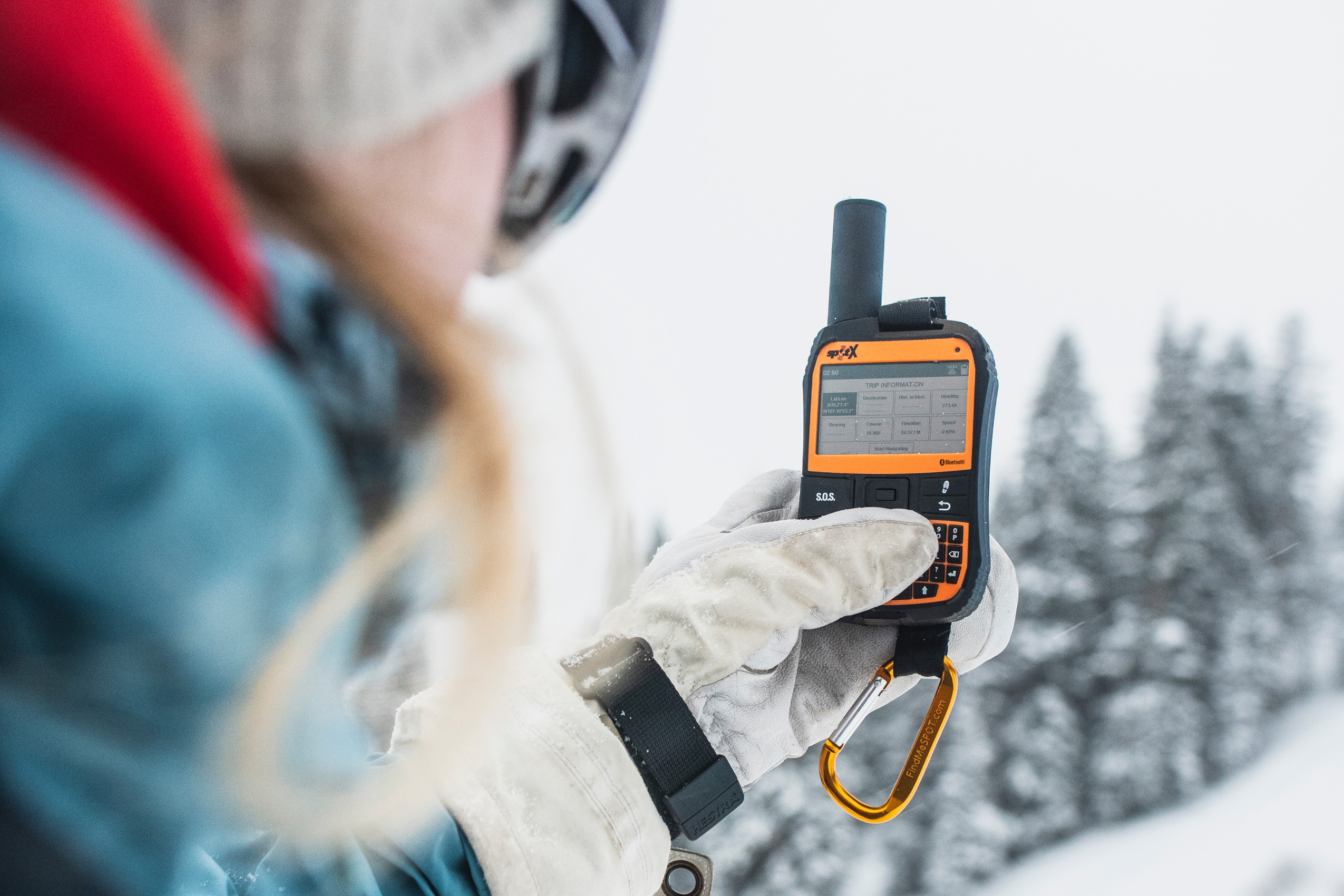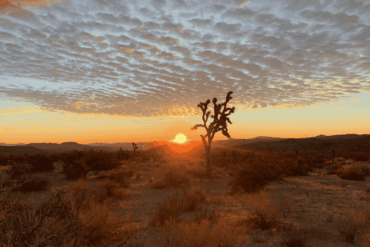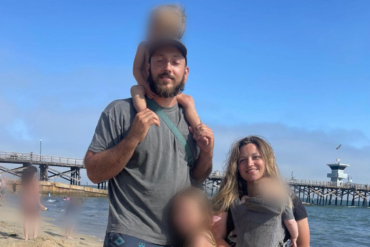Throughout Aspen Wilks and Cassy Aguirre’s careers in search and rescue (SAR), they’ve heard some unsavory comments reported by other women in rescue.
“You’re going to save me if something happens?” … “Oh, you let the girl do that?” … “When’s the real help coming?” … “Are you sure you know what you’re doing?”
Rescuers who are women have been called “pretty mules” by patients who they’re carrying out of the backcountry; they’ve even been called “wimps” and “b*tches” for being perceived as too cautious or too assertive.
This isn’t uncommon for women in SAR. Many of them regularly face harassment and unfounded questioning from within their teams or from the very people they’re helping.
That’s why Wilks and Aguirre founded Women in Rescue. The organization supports and encourages women on volunteer and professional search and rescue operations teams.
“We didn’t see women being represented in the search and rescue community, so we wanted to change that,” Wilks told GearJunkie. She and Aguirre are both members of the Albuquerque Mountain Rescue Council in New Mexico. Both are technicians whose expertise includes high-angle rope work.
“We want women to know they belong in search and rescue,” Wilks said.
So they created Women in Rescue, made an Instagram account for the organization, and started posting about the awesome women working in SAR.
Women in Search and Rescue Operations

Wilks and Aguirre describe Women in Rescue as a supportive forum. It’s where women can share their experiences, both negative and positive, from SAR. The community also serves as a starting point for women who have an interest in becoming involved in SAR.
Both women joined their local SAR team in 2014 and have been getting increasingly involved in the years since.
“The more involved we got, the more we heard from other women who experienced issues concerning acceptance and respect, or who felt marginalized by the lack of representation in the gear industry and general media,” Wilks said. “We get a lot of messages from women who have felt isolated in their experiences and say that hearing others’ stories has legitimized their own.”

Women in Rescue’s Instagram page is filled with examples shared by the group’s members. One commenter was called “too sensitive” by her team, for objecting to a poster of a woman in a bikini that she found inappropriate.
Another woman in SAR was called “uptight” after calling out male co-responders who were commenting on the figures of the women they were saving.
Many posts on Women in Rescue also present positive content. Some include profiles of both volunteer and paid rescuers, success stories, team shoutouts, and questions and polls designed to engage both women and men.
“Women in Rescue is a place where both women and men can learn and bring attention to these issues, and ultimately make the rescue community stronger,” Wilks said.
A Compounding Effect: Representing Women in Rescue
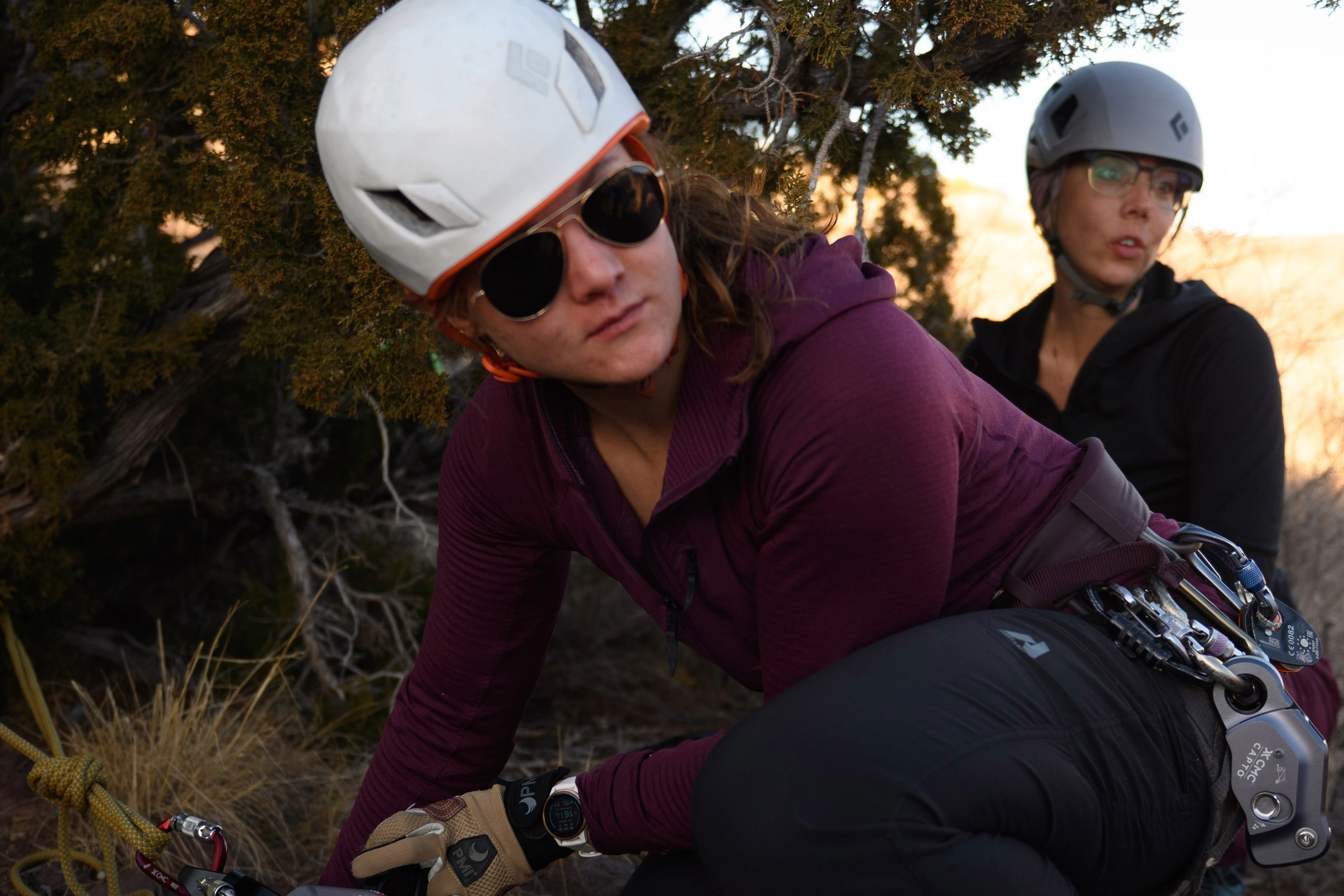
Numbers of female SAR members vary from team to team. However, many teams average about 30% female. Some teams such as San Juan County Search and Rescue in Colorado report that 75% of responding personnel are women.
Representation of women in the outdoor recreation industry has improved significantly over the past decade. But Wilks and Aguirre said representation of women in search and rescue-related materials, including training manuals and gear, is behind.
“I would kill for a radio harness that fits women,” Aguirre said. “Things presented as unisex rarely are. Gear and clothing that fit can make a huge difference, especially when your safety depends on it and you’re wearing it hard for 16 hours.”
Aguirre brings up female firefighters as an example of rescuers who don’t often have equipment that fits their bodies.
“It’s just an example of yet another barrier when teams or the industry don’t provide properly fitting tools,” she said. “It may sound inconsequential when something is just slightly ill-fitting. But when you add those barriers to multiple other barriers, it prevents women from being able to excel in this space. It has a compounding effect.”
Aguirre cites CMC Pro, Sterling Ropes, ASK Tower Supply, Petzl, and PMI as being supportive of Women in Rescue’s mission. Increasingly, outdoor recreation companies such as Jack Wolfskin are including rescuer profiles in their blogs, including organizations such as International Maritime Rescue, Focus USA, and SOS Humanity.
Wilks and Aguirre have also recently partnered with GMC to promote the Sierra truck as part of their mission to get the stories of women rescuers to the general public.
“There have also been companies that have shared that they don’t view women as large enough consumers in the industry to invest in our mission,” Aguirre added. “The outdoor recreation industry has been doing a great job in recent years of representing women. We hope the rescue industry catches up.”
Encouraging Confidence: Women in Rescue
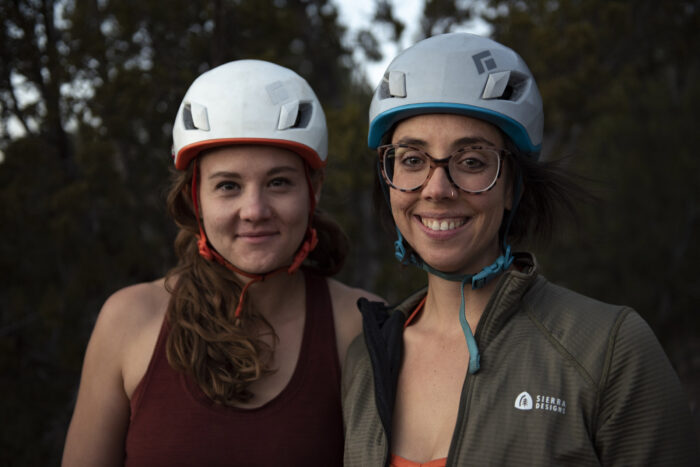
Women in Rescue also supports and builds confidence in women rescuers by emboldening them to ask for training and opportunities. Even if women aren’t being purposely marginalized in training, hesitation to take training opportunities can prevent women from moving forward in skills, Aguirre said.
“At many trainings, an instructor will ask who wants to do something,” she said. “And the quickest person to respond often gets that opportunity.”
Aguirre references a study showing men will apply for a job with 60% confidence that they can do it. Women, on the other hand, won’t apply until they are almost 100% certain that they’re qualified.
“Trainings are about safely learning from mistakes and getting better through hands-on practice,” she said. “We want to encourage women to take these risks and not be pushed out, even if it’s not intentional.”
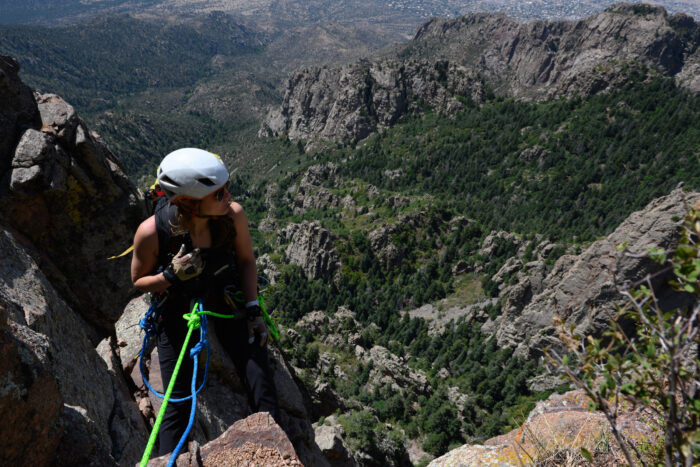
Aguirre says she also wants Women in Rescue to take on more leadership roles on teams, and for companies to offer more women-focused training and mentorship programs.
“In looking around nationally for women rescue trainers, we found very few,” Aguirre told GearJunkie. “We hope to create connections and encourage more women to undertake training leadership roles in search and rescue.”
Ultimately, Wilks and Aguirre want Women in Rescue to be a positive community celebrating what women bring to lifesaving SAR operations. They want to build a place to share knowledge and opportunities.
“So many other fields have gone through the sometimes difficult process of accepting women. And we know it’s time for the search and rescue community to do the same,” Wilks said.
“One of the most positive things we hear is that men follow us and are having conversations on their teams. They are listening and better understanding some of the issues for women in the rescue community are experiencing. Communication is critical for rescues, and for strong teams, too.”
